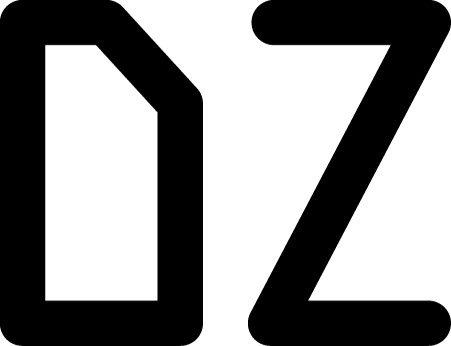Project overview
The product:
A food delivery app for visually impaired.
Project duration:
June - July 2023
The problem: Food ordering apps for visually impaired people are hard to find. Also they lack a proper guidance and functionality to offer best-practice-methods for people with visual impairment.
The goal: Design a food ordering app for visually impaired people that improves their quality of life.
My role: As a UX designer my role was the conception and execution of both the app and responsive website.
Responsibilities: Conducting interviews, paper and digital wireframing, low and high-fidelity prototyping, conducting usability studies, accounting for accessibility, iterating on designs, determining information architecture, and responsive design.
User research: summary
I researched availabilty of existing food delivering apps for visually impaired to develop interview questions. The questions were used to conduct user interviews. Most participants made bad experience with food ordering apps. The existing apps lack proper functions for visually impaired which makes the use of existing apps almost redundant. The feedback received through research is that users need an easy to use, intuitive food ordering app that can be fully used without assisted help by visually impaired people.
Starting the design: Paper wireframes
Taking the time to draft iterations of each screen of the app on paper ensured that the elements that made it to digital wireframes would be well-suited to address user pain points.
Digital wireframes
After ideating and drafting some paper wireframes, I created the initial designs for Mealody. The focus is to offer a reliable food ordering app for users with visual impairments by adding assistive technology and a clear and easy to follow interface.
Low-fidelity prototype
A usability testing had been created for the low-fidelity prototype
Usability study: parameters and findings
Study type
Unmoderated usability study
Location
Germany, remote
Participants
4 participants
Length
30-60 minutes
Based on the insights from the usability studies, the readability has been improved by adding color contrast, added order progression bar, a dialogue interface between the user and Mealody for a better user experience, back and forward navigation and iconography to support textual content.
Mockups
High-fidelity prototype
The high-fidelity prototype followed the same user flow as the low-fidelity prototype, including design changes made after the usability study.
Accessibility considerations
1. For people with no eye vision: Improvement of voice recognition that helps complete an order process from start to finish.
2. Adding a variety of languages in different dialects.
3. The best color contrast for readability, a visible progress bar, iconography that supports descriptive text, font size changes and other features.
Responsive Website
I optimized the designs to fit specific user needs of each device and screen size (mobile, tablet, desktop).
Takeaways
Impact:
The users with visually impairments stated that a food ordering app such as Mealody brings more comfort to their life. The time for cooking that usually takes a lot of effort can be spend elsewhere.
The users with visually impairments stated that a food ordering app such as Mealody brings more comfort to their life. The time for cooking that usually takes a lot of effort can be spend elsewhere.
What I learned:
I realised that designing for people with visual impairments is very different from people with eye vison. There are challenges that need to be tackled that seem logic but not obvious for someone with eye vision like me. Incorporate with the users by conducting interviews, resarch, audits is fundamental.
I realised that designing for people with visual impairments is very different from people with eye vison. There are challenges that need to be tackled that seem logic but not obvious for someone with eye vision like me. Incorporate with the users by conducting interviews, resarch, audits is fundamental.
Next steps
1.
Conducting resarch to find about how often an order has been fullfilled or cancelled.
2.
Adding more voice features (slower reading, male + female voices), acustic signals that improve the experience.
3.
Adding the users food ordering history for quick reordering access.
